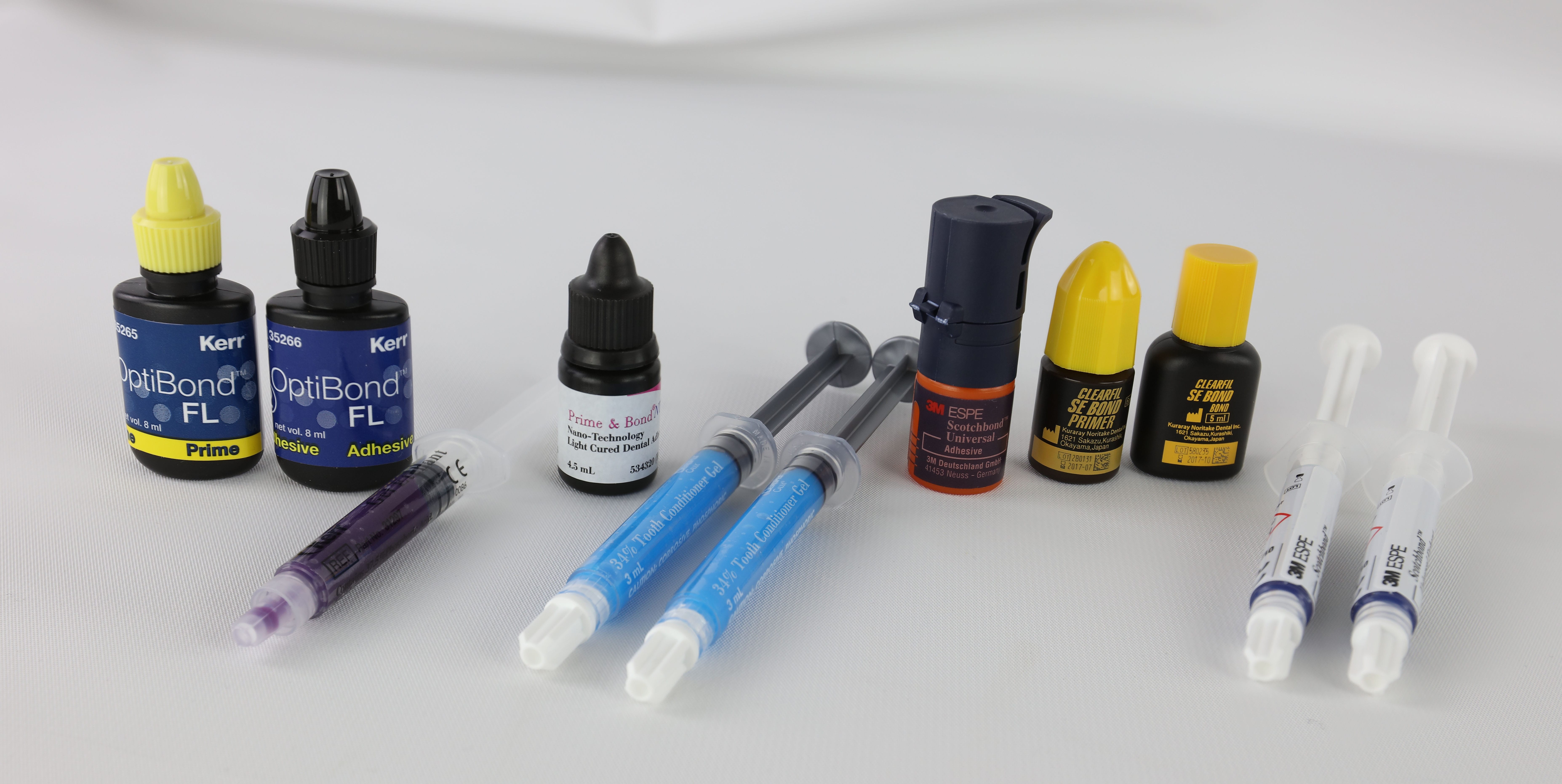Are you tired of hiding your smile due to missing teeth? You’re not alone. In 2025, over 178 million Americans are missing at least one tooth, but dental implants offer a life-changing solution. The catch? They can be expensive. But don’t worry – medical insurance might be your secret weapon to afford this transformative procedure.
Welcome to your 2025 Coverage Guide for Dental Implants & Medical Insurance. As a seasoned dental editor, I’ve seen countless patients struggle with implant costs. That’s why I’m here to help you navigate the complex world of insurance coverage and potentially save thousands.
In this guide, you’ll discover:
- How to determine if your medical insurance covers implants
- Proven strategies to increase your chances of approval
- Expert tips to maximize your benefits
Ready to unlock the smile you deserve without breaking the bank? Let’s dive into the world of dental implants and medical insurance – your path to a confident, healthy smile starts here.
Understanding Dental Implants and Insurance
What Are Dental Implants?
Dental implants consist of small titanium posts surgically inserted into the jawbone, acting as a sturdy foundation for artificial teeth. They offer a natural look and feel, making them a preferred choice for many. The process typically involves several stages:
- Consultation: Initial evaluation by your dental professional.
- Tooth Extraction: Removal of any damaged or decayed teeth.
- Bone Grafting (if necessary): Strengthening the jawbone to support the implant.
- Implant Placement: Surgically inserting the titanium post.
- Crown Placement: Attaching the artificial tooth once healing is complete.
Why Insurance Coverage Matters
The cost of dental implants can range from $1,600 to $2,200 per tooth, making them a significant investment. Having insurance coverage can help offset these costs, making the procedure more accessible and less stressful financially.
Steps to Get Dental Implants Covered by Medical Insurance
1. Review Your Insurance Policy
Begin by thoroughly reviewing your medical and dental insurance policies. Look for specific clauses related to dental implants, surgical interventions, or medically necessary procedures. Understanding your policy’s terms is crucial for navigating potential coverage.
2. Communicate with Your Insurance Provider
Reach out to your insurance provider to clarify coverage options for dental implants. Prepare a list of specific questions, such as:
- Does your plan cover dental implants?
- What percentage of the procedure is covered?
- Are there any waiting periods or pre-authorization requirements?
- What documentation is needed to support your claim?
Make sure to document all details from your conversation for future reference.
3. Gather Necessary Documentation
Insurance companies often require extensive documentation for claims. Collect all relevant documents, including:
- Dental records and X-rays
- Invoices and treatment plans
- Notes from your dentist explaining the medical necessity of the procedure
Submitting a comprehensive package can strengthen your case significantly.
4. File a Claim
Once you have gathered all necessary documentation, submit your claim for dental implant coverage to your insurance provider. Provide a detailed account of your situation, including any medical history related to tooth loss and the necessity of the procedure. Be prepared for follow-up inquiries and respond promptly with any additional information required.
Navigating Insurance Policies for Dental Implants
Understanding Coverage for Dental Procedures
While dental implants may not always be explicitly listed as covered procedures, examine your insurance policy closely for parameters that might allow for coverage under certain conditions—such as when they are deemed medically necessary or if they result from accidental tooth loss due to trauma.
Identifying Coverage for Medically Necessary Procedures
Health insurance typically does not cover dental implants unless they are classified as medically necessary. For instance, if an injury has severely damaged your mouth, health insurance may cover the costs associated with implant placement. Medicare plans may also provide coverage under similar circumstances.
Using Flexible Spending Accounts (FSA) or Health Savings Accounts (HSA)
Flexible Spending Accounts (FSAs) and Health Savings Accounts (HSAs) are tax-advantaged savings accounts that can be used for various medical expenses, including dental implants. Ensure you understand the rules governing these accounts and provide necessary documentation—like receipts and letters of medical necessity signed by a healthcare provider.
Tips for Maximizing Insurance Coverage
Pre-Authorization and Referrals
Some insurance policies require pre-authorization or a referral from a dentist or oral surgeon before approving coverage for dental implants. Familiarize yourself with these requirements and follow the necessary steps to improve your chances of getting treatment covered.
Comparing Insurance Providers
Consider comparing different dental insurance providers, as some may offer plans specifically designed to cover dental implants. Conduct thorough research to find affordable options that meet your needs.
Exploring Alternative Financing Options
If insurance coverage falls short, explore alternative financing options such as payment plans offered by dental practices or third-party financing companies.
Conclusion
Navigating the complexities of getting dental implants covered by medical insurance requires diligent research, clear communication with your provider, and meticulous documentation. By understanding your insurance policy, gathering necessary documents, and following these outlined steps, you can enhance your chances of obtaining coverage and make dental implants more affordable.














